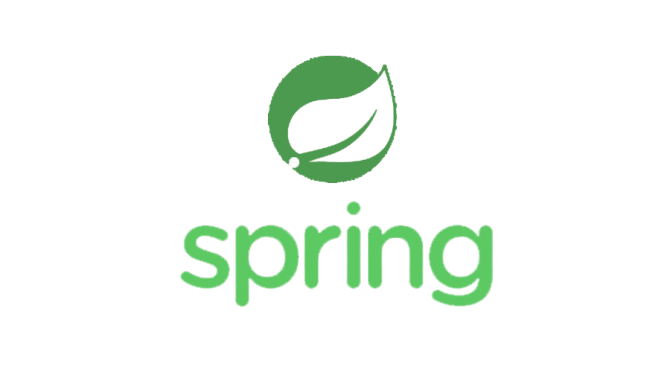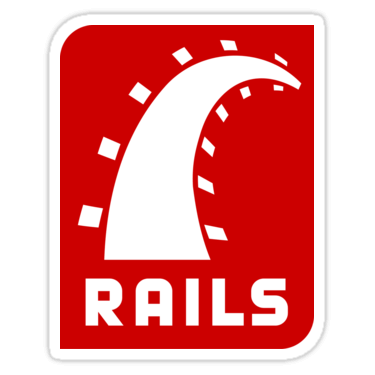Top 10 Frameworks For Web Development
- Abhijeet Srivastav
- Jul 27, 2020
- 3 min read

Web Application Framework or simply “web framework” is a software framework that is designed to support the development of web applications including web services, web resources, and web APIs. Frameworks are, in short, libraries that help you develop your application faster and smarter!
Nowadays, the number of Web Frameworks has increased greatly. To help you pick up the most suitable one for your Web Application, we have compiled a list of 10 best frameworks available online, in your preferred language.
1. Ruby on Rails
Ruby on Rails is an extremely productive web application framework written by David Heinemeier Hansson. One can develop an application at least ten time
s faster with Rails than a typical Java framework. Moreover, Rails includes everything needed to create a database-driven web application, using the Model-View-Controller pattern.
Language: Ruby
Latest Version: Rails 5.0.0.beta2
Framework Link: http://rubyonrails.org
Github Link: https://github.com/rails/rails
Websites using Ruby on Rails are GroupOn, UrbanDictionary, AirBnb, Shopify, Github
2. Django
Django is another framework that helps in building quality web applications. It was invented to meet fast-moving newsroom deadlines while satisfying the tough requirements of experienced Web developers. Django developers say the applications are it’s ridiculously fast, secure, scalable, and versatile.
Language: Python
Latest Version: Django 1.9.2
Framework Link: https://www.djangoproject.com
Github Link: https://github.com/django/django
Websites using Django are Disqus, Pinterest, Instagram, Quora, etc.
Angular is a framework by Google (originally developed by Misko Hevery and Adam Abrons) which helps us in building powerful Web Apps. It is a framework to build large scale and high-performance web applications while keeping them as easy-to-maintain. There are a huge number of web apps that are built with Angular.
Language: JavaScript
Latest Version: Angular 7.1.5
Framework Link: https://angular.io/
Github Link: https://github.com/angular/angular
Websites using Angular are Youtube on PS3, Weather, Netflix, etc.
4. ASP.NET
ASP.NET is a framework developed by Microsoft, which helps us to build robust web applications for PC, as well as mobile devices. It is a high performance and lightweight framework for building Web Applications using .NET. All in all, a framework with Power, Productivity, and Speed.
Language: C#
Latest Version: ASP.NET 5 (ASP.NET Core 1.0)
Framework Link: http://www.asp.net/
Websites using ASP.NET are GettyImages, TacoBell, StackOverflow, etc.
5. METEOR
Meteor or MeteorJS is another framework that gives one a radically simpler way to build realtime mobile and web apps. It allows for rapid prototyping and produces cross-platform (Web, Android, iOS) code. Its cloud platform, Galaxy, greatly simplifies deployment, scaling, and monitoring.
Language: JavaScript
Latest Version: Meteor 1.2.1
Framework Link: https://www.meteor.com/
Github Link: https://github.com/meteor/meteor
Websites using Meteor are HaggleMate, WishPool, Telescope, etc.
6. Laravel
Laravel is a framework created by Taylor Otwell in 2011 and like all other modern frameworks, it also follows the MVC architectural pattern. Laravel values Elegance, Simplicity, and Readability. One can right away start learning and developing Laravel with Laracasts which has hundreds of tutorials in it.
Language: PHP
Latest Version: Laravel 5.2
Framework Link: https://laravel.com/
Github Link: https://github.com/laravel/laravel
Websites using Laravel are Deltanet Travel, Neighbourhood Lender, etc.
7. Express
Express or Expressjs is a minimal and flexible framework that provides a robust set of features for web and mobile applications. It is relatively minimal meaning many features are available as plugins. Express facilitates the rapid development of Node.js based Web applications. Express is also one major component of the MEAN software bundle.
Language: JavaScript
Framework Link: http://expressjs.com/
Github Link: https://github.com/strongloop/express
Websites using Express are Storify, Myspace, LearnBoost, etc.
8. Spring
Spring, developed by Pivotal Software, is the most popular application development framework for enterprise Java. Myriads of developers around the globe use Spring to create high performance and robust Web apps. Spring helps in creating simple, portable, fast, and flexible JVM-based systems and applications.
Language: Java
Latest Version: Spring 4.3.0
Framework Link: http://projects.spring.io/spring-framework/
Github Link: https://github.com/spring-projects/spring-framework
Websites using spring are Mascus, Allocine, etc.
9. PLAY
Play is one of the modern web application framework written in Java and Scala. It follows the MVC architecture and aims to optimize developer productivity by using convention over configuration, hot code reloading, and display of errors in the browser. Play quotes itself as “The High-Velocity Web Framework”.
Language: Scala and Java
Latest Version: Play 2.4.6
Framework Link: https://www.playframework.com/
Github Link: https://github.com/playframework/playframework
Websites using PLAY are LinkedIn, Coursera, LendUp, etc.
10. CodeIgniter
CodeIgniter, developed by EllisLab, is a famous web application framework to build dynamic websites. It is loosely based on MVC architecture since Controller classes are necessary but models and views are optional. CodeIgnitor promises with exceptional performance, nearly zero-configuration, and no large-scale monolithic libraries.
Language: PHP
Latest Version: CodeIgnitor 3.0.4
Framework Link: https://codeigniter.com/
Github Link: https://github.com/EllisLab/CodeIgniter
Websites using CodeIgnitor are Bufferapp, The Mail and Guardian, etc. Apart from these 10 frameworks, others like Symphony , Ember.js, Sails.js, React.js are also worth mentioning.






















Comments